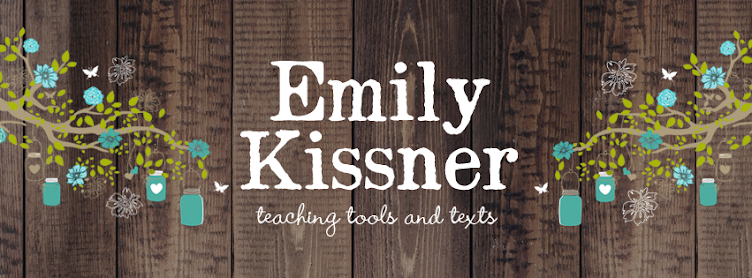Thirty-five years later, I try to cultivate a classroom that feels like the nature cabin. I used to feel embarrassed about this and wish that my classroom looked more orderly and tidy. But I've decided not to feel embarrassed at all. Just like the nature cabin invited me to explore and ask questions, I want my classroom to invite students to do the same.
Birdfeeders
One of my classroom jobs is the "ornithologist", and these students have the task of refilling the birdfeeders each day. I do buy my own birdseed for the classroom, large bags of black oil sunflower seed and suet cakes every few weeks.
It's interesting to watch how students interact with the window and the birds. Many stop by to take a look outdoors as they are going from task to task. They have their own names for the birds--"the chipmunk bird" (wren) and "the one with the mohawk" (tufted titmouse), and they correct each other quickly when needed.
This week I overheard two boys talking about their favorite birds: "I like the female cardinal best. The orange beak is just so cool."

The other student said, "I like it when the blue jays come. They're awesome."
Pond water
Science instruction should be ongoing and pervasive. While one-shot lessons and visitors are fun and engaging, real learning happens when students have many opportunities to explore. Too often teachers get out the microscopes for a single unit (usually a "Science Tools" unit in my area) and then neatly wrap the cords and put them away.
I like to keep the microscopes out for weeks at a time! Right now, I have a pond water exploration station in my classroom. This is a great time to get pond water because there aren't yet any mosquito larvae, but there are lots of copepods, mites, and clam shrimp.
A simple set of guidelines lets students know what to do, and then the station runs itself. Just like with the birds, students stop by, engage for awhile, and then go on to other tasks. It's so interesting to see that some students have extraordinary microscopy skills and can focus patiently on very small creatures. One student called me over to the more powerful microscope to show me the tiny clam shrimp swimming!
So while my classroom may not be the tidiest, I definitely love having natural objects for students to explore. How is your room like a nature cabin?
News and Notes
I finished another Summary and Analysis packet! This one includes a biography of Robert Louis Stevenson, a summarizing page, a text-dependent analysis, and a comprehension quiz. Robert Louis Stevenson is frequently anthologized and his writing often appears on standardized tests (my cynical opinion: his writing is public domain, so using a story or passage of his cuts down on costs!) Helping students to see how his writing related to his life and times was an interesting activity.
Close Reading with Chronological Order Texts Grades 5-6 is a reimagined version of some previously published chronological order texts. It includes lesson plans, activities, and a text-dependent analysis prompt. Try it out and let me know what you think! (If you have already purchased the original Chronological Order texts set, re-download and you'll get the new items for free.)


No comments:
Post a Comment